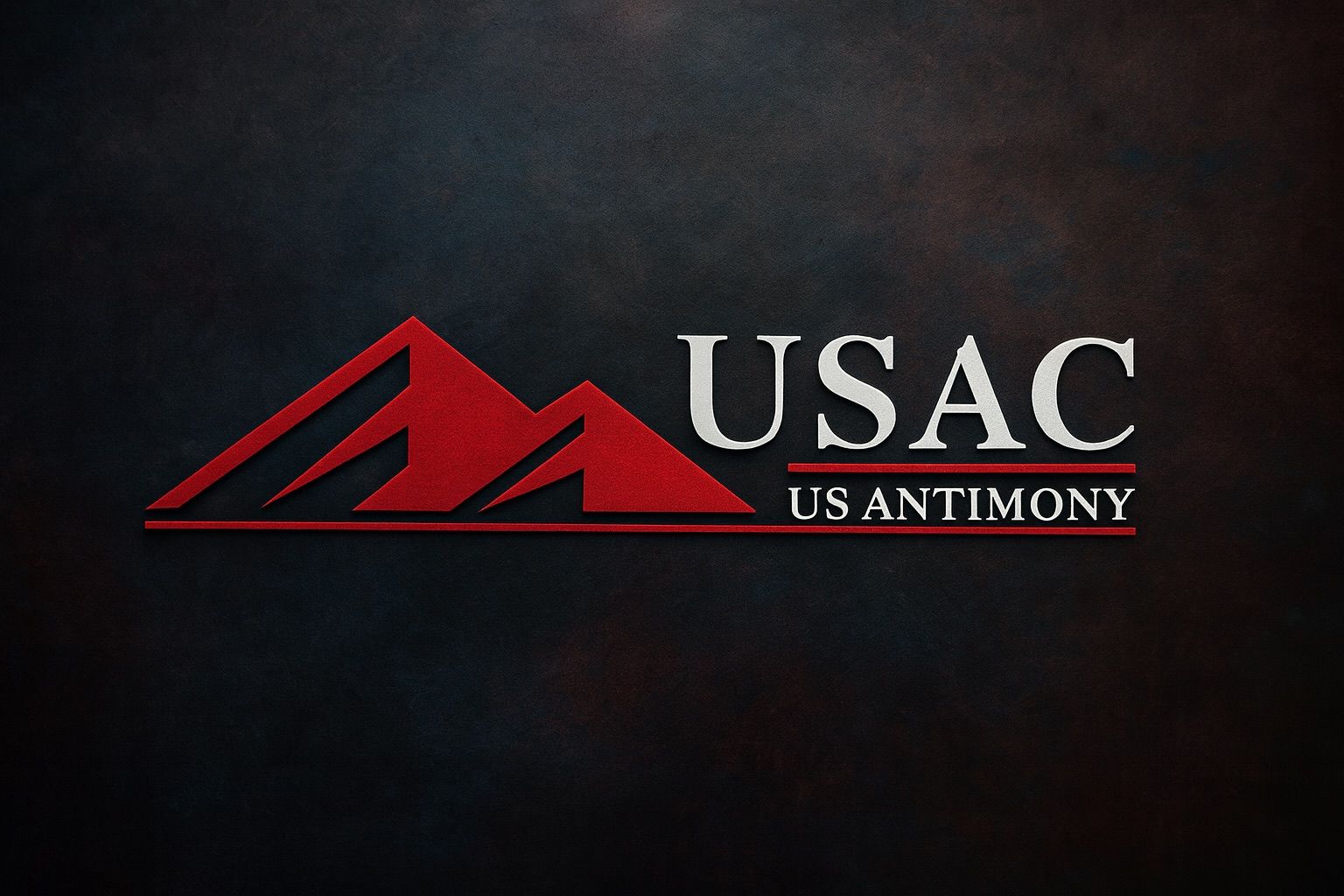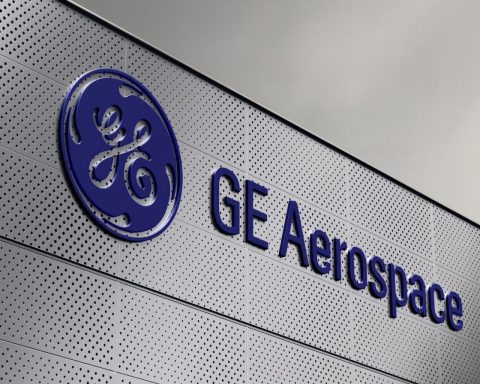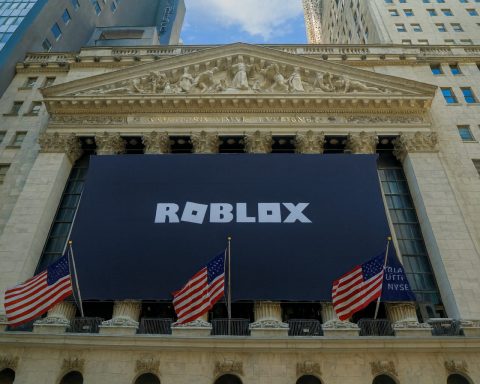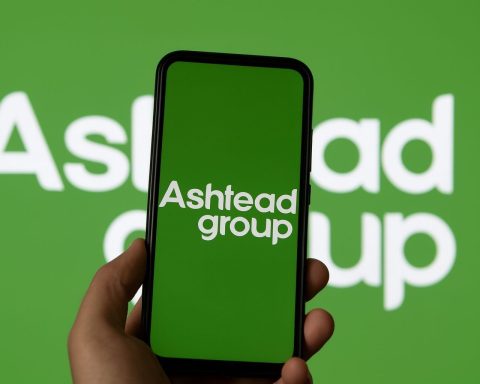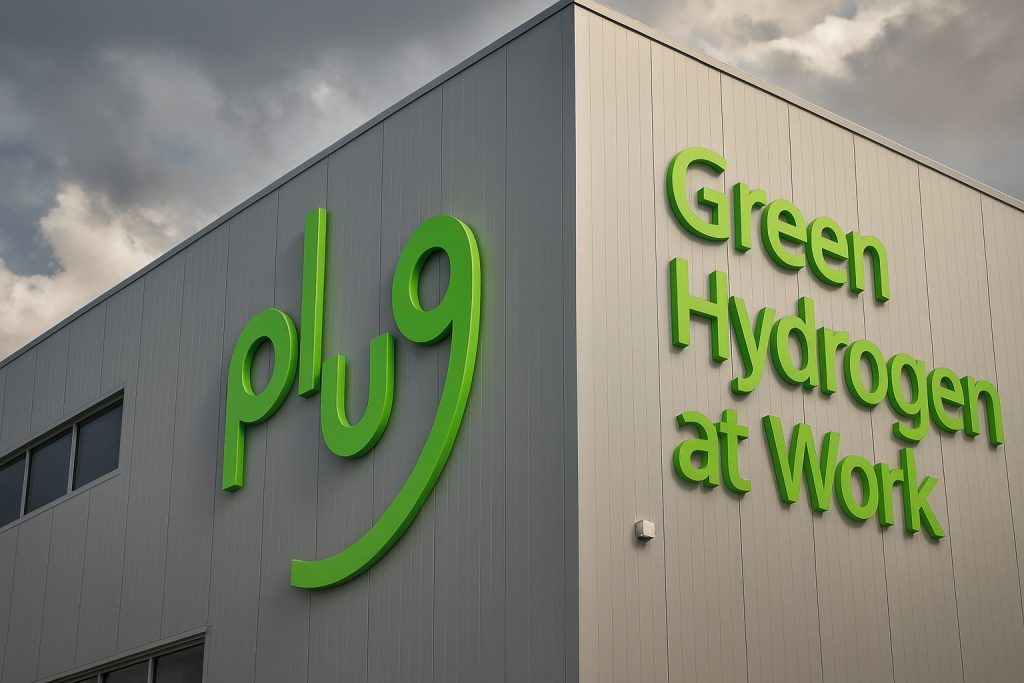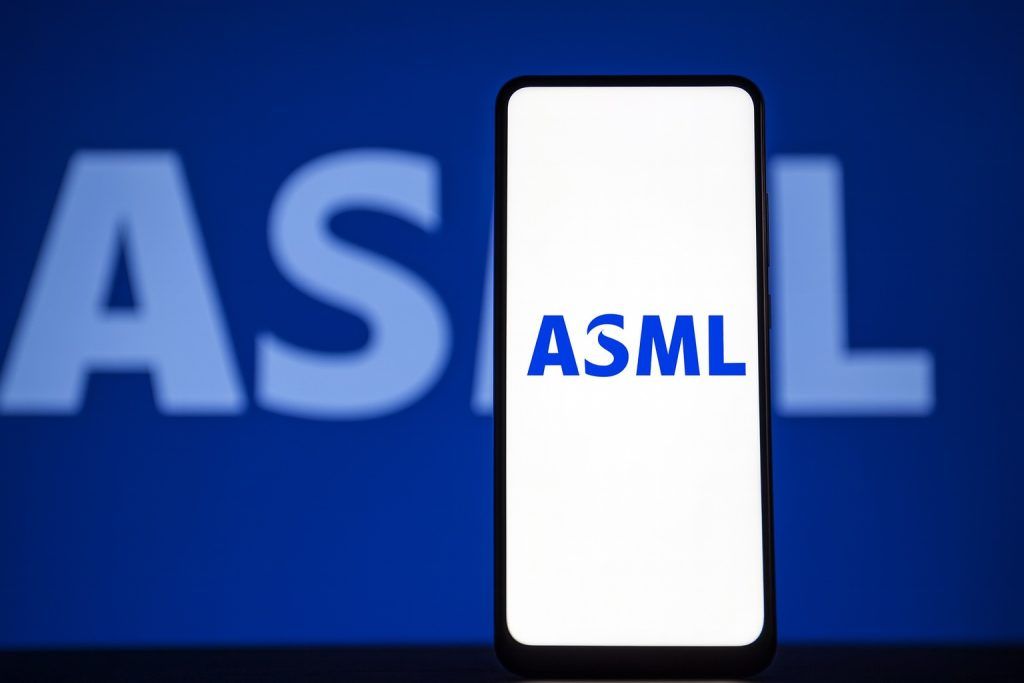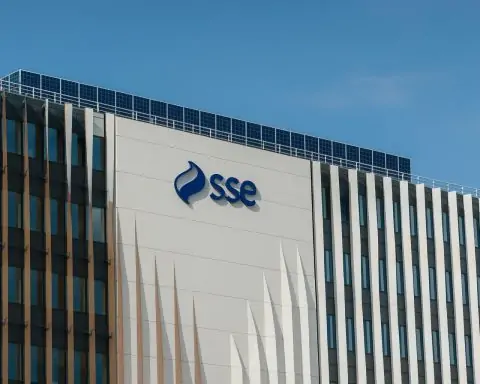- Stock Surge: As of October 13, 2025, UAMY has exploded to about $16 per share – up roughly 32% that day on record volume [1] [2]. Its market cap is roughly $2.1–2.2 billion (up from ~$200M a month earlier) [3] [4].
- Recent Contracts & Financing: In late September UAMY won a five-year, sole-source Pentagon contract for up to $245 million worth of antimony ingots [5], followed by a first $10M delivery order [6]. In early October the company raised $51.25M via two equity placements ($26.25M on Oct 6 and $25M on Oct 10) [7] [8].
- Company Profile: U.S. Antimony (NYSE: UAMY) is the only domestic producer processing antimony – a silvery metal used in batteries, flame-retardants and munitions – as well as zeolites and precious metals [9] [10]. It operates North America’s only two antimony smelters (Montana and Mexico) and has vertical integration from mining to refining [11] [12].
- Fundamentals: Despite the hype, UAMY’s revenue base is still small (~$25M TTM [13]). It reported about $17.5M in sales in 1H 2025 (up 160% YoY) [14] and has guided ~$40–50M for full 2025, ~$100M for 2026 [15]. Yet earnings are negative (TTM EPS ≈ –$0.01 [16], P/E ≈ –396 [17]) and its forward P/E is extremely high (~119) [18].
- Analyst Views: Most analysts rate UAMY a “Buy”/Strong Buy, but their 12-month targets (~$8–$9/share) are far below the current price [19] [20]. In fact, one fair-value model estimates ~$7.50 (≈39% below current levels) [21], reflecting the meteoric run-up.
Current Stock Price (as of Oct 13, 2025)
UAMY’s stock has surged into double digits. It closed around $15.84 on Oct 13 (up ~32% that day) [22] after opening at $14.69 (Monday) on the heels of the recent funding and contract news [23] [24]. Intra-day it briefly spiked above $16; its 52-week range is roughly $0.50–$16.77 [25]. Trading volumes have skyrocketed (over 30 million shares on Oct 13 [26]), dwarfing its historical average. With ~128M shares outstanding [27], the market capitalization is now on the order of $2.1–2.2 billion [28] [29]. (For context, just a month earlier its market cap was under $200M.)
Latest News & Catalysts (Oct 2025)
- Defense Contract (Sept 23, 2025): Reuters reported UAMY won a sole-source five-year Pentagon contract worth up to $245M to supply antimony ingots for the U.S. stockpile [30]. This national-security contract (no competitive bidding) was touted as part of a broader effort to secure critical minerals [31]. CEO Gary Evans said, “It’s incredibly meaningful for all our employees to play such a strategic role in strengthening our nation’s defense readiness” [32].
- First Delivery Order (~$10M, Sept 30, 2025): In its press release, UAMY announced it received the first delivery order (DO) under the DLA contract for 315,000 lbs of antimony metal (~$10M) [33]. This is the first of two orders expected in FY2025. The company simultaneously provided preliminary guidance of $40–50M revenue in 2025 and $100M in 2026 [34]. Evans commented: “we have for the first time provided financial revenue guidance for next year, which is anticipated to be over 100% greater than what we anticipate reporting in fiscal 2025” [35].
- Equity Placements (Oct 6 & 10, 2025): The company raised institutional funds in back-to-back deals. On Oct 6 it announced a $26.25M registered direct offering at $7.50/share to a returning institutional investor [36]. On Oct 10 it entered a $25M share purchase with a leading mutual fund at ~$10.51/share [37]. These financings (led by A.G.P. and American Capital Partners) bring total capital raised to ~$69M in 45 days [38]. CEO Evans noted that these large raises were “completed with minimal or no discounts to market,” underscoring demand [39]. Proceeds are earmarked for inventory, leases, expanding the Madero smelter (Mexico), and possible acquisitions [40] [41].
- Market Reaction (Oct 10–13): On Oct 10, after the $25M raise was announced (via Mining.com and the company’s PR), UAMY stock “soared to an all-time high,” briefly reaching ~$12.27 [42]. By Oct 13 the stock gapped up further: it opened at $14.69 (after Fri’s $12.21 close) and traded up to ~$16 [43] [44]. Several analysts promptly upgraded UAMY. For example, MarketBeat noted the stock “gapped up prior to trading on Monday,” with last trades around $15 [45]. Broadly, this news frenzy and strong buying pressure drove the 5-day gain to roughly +50%.
Company Overview & Operations
United States Antimony Corporation (ticker UAMY) is a Dallas-based (HQ moved from Montana) mining and processing company focused on critical minerals [46]. It is primarily known as “The Critical Minerals and ZEO Company” – producing antimony, zeolites, and related metals [47]. The firm’s operations include:
- Antimony Segment: UAMY owns and runs the only two antimony smelters in North America (one in Thompson Falls, Montana and one in Madero, Mexico) [48] [49]. These facilities process third-party antimony ore into oxide, metal, and trisulfide products used in flame retardants, lead-acid batteries, ammunition primers, and advanced batteries [50] [51]. During recent contracts and sales, UAMY has sourced ore domestically and abroad, and even taken on idle stockpiles to feed its plants. CEO Evans and other executives have emphasized UAMY’s role as “North America’s only vertically integrated antimony producer,” underscoring its unique strategic position [52] [53].
- Zeolite Segment: Through its subsidiary Bear River Zeolite Company, UAMY mines zeolite in Idaho (a mineral used in water purification and industrial catalysts). In July 2025 the company completed a reserve report on its Idaho zeolite deposit, a business it has owned since 2000 [54]. Zeolites contribute a smaller portion of UAMY’s revenue but add diversification to the portfolio.
- Other Minerals: UAMY also extracts and sells minor quantities of precious metals recovered during processing (silver, gold) and other critical elements (like tungsten and cobalt from certain ores) [55] [56]. The motto “antimony, cobalt, tungsten, and zeolite” reflects this mix of products. In 2024 the company also indicated interest in tungsten properties in Canada.
In sum, UAMY is not a typical gold or silver miner – it exists to secure supply of antimony, a metal the U.S. has called “critical” for national security [57] [58]. After decades of relying on imports, its management positions UAMY as a homegrown antimony supplier at a time of geopolitical focus on supply chains.
Antimony Market Context & Relevance
Antimony has surged from obscurity to a critical-material spotlight. Its key facts:
- Uses & Importance: Antimony hardens lead (for bullets) and is a key ingredient in flame retardants, batteries, and military alloys [59]. It is on the U.S. Critical Minerals list and flagged by defense planners as a vulnerability [60] [61]. (For example, it’s used in munitions casings and electronic components.) Demand is broad – from electronics to heavy industry – and also growing in advanced battery technologies [62].
- China’s Dominance: Historically China has been the dominant global producer. Between 2011-2015 China supplied 75–83% of the world’s antimony [63]. By 2020 its share dipped to ~53%, but it remained the single largest source [64]. When China imposed export curbs on critical minerals (including antimony) in late 2024, global markets scrambled. Reuters reports U.S. buyers routed antimony imports through Thailand and Mexico after China banned direct exports [65] [66].
- U.S. Supply Gap: The U.S. no longer has any domestic antimony mine producing ore. (After WWII, most antimony use was domestic, but by the 1990s U.S. mining ceased [67] [68].) Today “domestic users of antimony rely on imports,” notes Reuters [69]. Thailand and Mexico each have only one smelter (Mexico’s reopened in 2024) [70]. Thus UAMY’s operation is a rare U.S. source of antimony metal. This context explains why the Pentagon contract is so significant: it’s an attempt to rebuild a domestic stockpile of a critical mineral [71] [72].
- Price Trends: Tight supply and stockpiling have driven antimony prices much higher in 2025. TS2 notes antimony oxide prices climbed ~70% this year as China’s curbs took effect [73]. UAMY’s profit margins also benefit: with higher prices, each pound of antimony ore is worth more.
In short, UAMY sits at the intersection of critical-minerals policy and market demand. Its “only domestic antimony smelters” status [74] makes it strategically important, especially now that global trade of antimony is being actively re-routed.
Expert Commentary & Quotes
Industry experts and company leaders have highlighted UAMY’s role and outlook:
- CEO Gary Evans (UAMY): On winning the DLA contract, Evans remarked: “It’s incredibly meaningful for all our employees to play such a strategic role in strengthening our nation’s defense readiness.” [75] Regarding the recent financing, he told investors that these large institutional raises were unsolicited by UAMY but “completed with minimal or no discounts to market” – a point aimed at reassuring shareholders that dilution was limited [76]. After the first $10M delivery order, he stated the new orders confirm “certainty of future demand,” allowing UAMY to provide guidance (with 2026 revenues expected to be “over 100% greater” than 2025) [77]. His tone has been bullish, emphasizing strong tailwinds from government demand.
- Wall Street Analysts: Several analysts have taken note. HC Wainwright, for example, reiterated a Buy on UAMY with an $8.50 target (Sept 26, 2025) [78]. Overall analysts still label UAMY a “Buy/Strong Buy,” but their models assume much lower future stock prices. According to Fintel, the average 12-month price target is about $9.26 [79] (range $8.6–$10.3), far below current levels. TS2’s analysis points out the median target (~$8.50) is well below the ~$16 market price [80].
- Market Commentators: Some outlets have noted the disconnect. Simply Wall St. warns that “United States Antimony…needs ~100% yearly growth to justify its current valuation” [81], projecting a fair value near $7.50. A MarketBeat report highlighted recent insider buying – CEO Evans purchased 100k shares at $6.13 in late Sept – which it calls a bullish signal [82] [83]. However, even bullish commentators note the current rally has priced in almost all good news [84]. For example, TS2 TechStock² observes the stock is “more than 50% above all Wall Street analyst targets,” implying that expectations are now extremely high [85].
Overall, experts agree UAMY’s fundamentals (small revenue base, heavy dilution) still lag its share price, but the Pentagon deal and capital raises have significantly altered the narrative. As one analyst put it, “UAMY’s upside depends on continuing strong demand and flawless execution,” highlighting both the potential and the risks [86].
Technical & Fundamental Analysis
- Price Chart & Volume: UAMY’s recent chart is parabolic. Technical indicators show the stock is extremely overbought. TS2 notes the 20-day moving average has crossed above the 50-day, and the RSI (Relative Strength Index) is well above 70 [87] – classic signs of a short-term bubble. In fact, trading activity is extraordinary: the Oct 13 session saw over 30 million shares, and the short-volume on Oct 10 was 32.6% of volume [88], implying many traders are betting on (or against) the surge. The stock’s 50-day/200-day moving averages (~$5.50/$3.77 [89]) are far below its current ~$16, reflecting how abrupt the breakout has been. In plain terms, technical momentum is strong but the price is well above previous levels.
- Key Financial Ratios: UAMY’s fundamentals remain extremely stretched. As of Q2 2025, the company had no debt and roughly $10M cash on hand (plus a $26M credit line) [90]. Balance sheet is solid, but profitability is not yet there. For trailing twelve months, EPS is about – $0.01 [91] and the reported net loss was ~$0.9M [92], yielding a negative P/E (~–396) [93]. Forward P/E (~119) is meaningless given the tiny earnings. Return ratios are not meaningful until scale is reached. On the positive side, liquidity is ample (current ratio ~6.2, quick ~5.8 [94]) and debt-to-equity is negligible (≈0.01) [95]. The company’s 2024 revenue of $14.9M was already +72% vs 2023 [96]. If UAMY achieves management’s 2026 revenue target (~$100M [97]), future earnings per share could jump dramatically. In fact, Fintel projects UAMY’s EPS could rise to ~$0.17 by end-2027 (a >11,000% increase, though off a tiny base) [98].
- Valuation: At ~$16, UAMY trades at roughly 7–8 times its TTM revenue (~$25M) – extremely rich for a microcap miner. By contrast, peer mining companies typically trade at 0.5–3x revenue, reflecting more mature operations. UAMY’s share price implies a market cap around $2.1B, which is hundreds of times its actual earnings. Analysts’ price targets (≈$9 median [99]) suggest a market cap ~$1.1B – still very high relative to current net income. In short, fundamentals are highly positive-growth but have yet to catch up to the stock’s jump.
Industry Peers and Comparisons
There are very few pure-play antimony miners on public markets. UAMY is almost unique in the U.S. context. Some global comparisons:
- Global Antimony Producers: Large mining houses (like China’s Yunnan Chihong or Australia’s Hannan Metals) produce antimony, but are mostly foreign and often unlisted in the US. One candidate peer is Hecla Mining (HL), which runs Idaho’s Stibnite mine (earlier antimony) but primarily sells silver.
- Critical Minerals Miners: Investors sometimes compare UAMY to other ‘strategic minerals’ stocks (e.g. rare-earth/minerals firms like MP Materials or critical battery-metal juniors), since all have surged on tech/defense themes. However, UAMY’s profile (tiny revenues, one-product focus) sets it apart.
- Miners with Government Ties: The recent rallies in UAMY mirror those of companies like American Resources Corp (AREC) or Rare Earth producers after securing government stockpile deals. These suggest UAMY is being lumped in with a wave of “domestic critical-mineral plays,” even if not directly comparable otherwise.
In summary, UAMY has no direct sector peers in the U.S. Its closest comparisons are indirect – other small-caps with critical-mineral assets or those caught in recent defense/minerals mania. This uniqueness contributes to both its excitement and risk profile.
Short- and Long-Term Forecasts
- Analysts’ Price Targets: As noted, the consensus 12-month target is around $9–9.3 [100] (range $8.6–$10.3). This implies a 30–45% downside from the ~$16 price. Even the highest targets ($10–$11) are well below recent highs. The discrepancy highlights that Wall Street generally expects UAMY to retreat from the current bubble level.
- Company Guidance: The company itself projects rapid growth: ~100%+ annual revenue growth through 2026 [101]. If UAMY hits ~$100M in 2026 sales as guided, earnings could turn positive in 2026–27. Long-term, some fans envision UAMY as a key domestic antimony supplier. However, hitting those numbers requires perfect execution.
- Market Forecasts: Some models (from community analysts) give an even wider range. Simply Wall St. publishes a fair value around $7.50 – implying a major pullback is needed for fundamentals to catch up [102]. Other analysis (e.g. TickerNerd, TradingView) similarly forecast ~$8–9.30 in 2026 [103].
- Short-Term vs Long-Term: In the short term, the catalyst-driven hype could continue to push UAMY higher on any positive headline (e.g. new contracts, government support). In the longer term (1–3 years), forecasts hinge on UAMY’s ability to deliver on those programs and grow revenue. If it succeeds and antimony stays in demand, the stock could sustain higher multiples. If not, it may revert to more modest levels.
Risk Factors & Potential Catalysts
Major Catalysts:
- Additional DLA Orders: UAMY expects a second large delivery order under the contract in FY2025. Each new order (~$10M or more) boosts revenue and validates the business model.
- Defense Spending & Policy: Continued U.S. stockpiling of critical minerals (via DLA or new programs) could sustain demand. New executive actions or legislation favoring domestic minerals would also help.
- Operational Expansion: Bringing new ore sources online (e.g. Alaskan claims near Ester) and expanding smelter capacity (Mexico’s Madero smelter upgrade) could greatly increase output. UAMY has reportedly been adding claims and restarting old mines [104] [105]. Successful permitting of these projects (e.g. Stibnite or others) is a key upside driver.
- Market Prices: A further rise in antimony prices (driven by supply constraints) would directly improve margins and profits.
Key Risks:
- Execution Risk: UAMY must scale from processing on the order of 50–100k lbs to handling millions of pounds per year. This requires building or leasing infrastructure, securing ore (e.g. in Alaska) and managing costs. TS2 warns that much of 2026+ “depends on execution” [106]. If UAMY cannot ramp up as planned, revenues could fall short.
- Permitting & Regulatory: Environmental approvals in Montana and Alaska are uncertain. The Nez Perce Tribe is already suing over Idaho’s Stibnite permits [107], a warning for UAMY’s Alaskan plans. Any legal or regulatory delay could stall operations.
- Contract Dependency: Although the DLA contract is large, it is still relatively small compared to the 5-year total. A slowdown in government orders or budget cuts could hurt UAMY’s projected revenue stream. UAMY’s stock is partly pricing in “perfection” in government business.
- Valuation Bubble: The stock is arguably very richly valued. As TS2 notes, at ~$12–16 it “trades at many times book value and current earnings, pricing in perfection” [108]. If any bad news hits (e.g. a technical glitch, missed delivery, or a China re-opening trade routes), the share price could correct sharply. There is also risk from share dilution – UAMY has issued many new shares for cash, so future raises could dilute existing holders.
- Competition & Market Risks: Although UAMY is unique in the U.S., global competition remains. Other countries or companies could develop antimony sources. A renewed ability for China to export (through third parties) could also cap price gains.
In summary, catalysts include additional government business and successful expansion; risks center on execution and over-optimism. These factors make UAMY a high-risk/high-reward play: potential rewards are large (fully capturing the U.S. antimony market), but the margin for error is slim.
Investment Outlook
- Retail (Individual) Investors: UAMY has captured popular imagination as a “penny stock turned powerhouse.” Many retail traders are drawn by the rapid gains and the patriotic theme of a domestic defense mineral. However, this remains a highly speculative investment. Retail buyers should be cautious: the stock swings violently on news. A key lesson is that UAMY’s valuation is nowhere near traditional value benchmarks. If the company fails to meet sky-high expectations (e.g. a delayed mine permit or smaller-than-expected DoD orders), retail investors could face sharp losses. That said, momentum traders may continue to bid it up in the short term. Overall, retail investors should realize they are participating in a news-driven, volatile situation rather than a stable income play.
- Institutional Investors: Large institutions tend to be more conservative. Most analyst targets (~$8–$9) imply that many funds view UAMY as currently overvalued. Institutional managers focused on fundamentals or with strict benchmarks are unlikely to chase this stock at these levels. Those institutional investors who did participate (as buyers in the $26M and $25M raises) likely did so at price points $7.50–$10.50, much lower than today’s price. These investors presumably expect the upside from the Pentagon contract to materialize, but they have also hedged their exposure. For institutions, UAMY could be a small “tactical” position in a critical-minerals portfolio, but with tight risk controls (stop-losses, portfolio limits). In short, most institutions will watch from the sidelines or stay very small if market dynamics change.
- Value Investors: From a value perspective, UAMY is not attractive at current prices. Its market cap (~$2B) vastly exceeds tangible book and earnings power. Value investors look for P/E ratios under, say, 20 and prices closer to fundamentals; UAMY’s P/E is negative and it trades 10+ times revenue. The Simply Wall St analysis explicitly flags UAMY’s 100%+ growth requirement just to validate the hype [109]. That is far from a value setup. Therefore, value-oriented funds or income investors will likely avoid UAMY until it demonstrates stable profits and a much lower valuation.
- Speculative Traders: For high-risk speculators (including short-sellers, momentum traders, option players), UAMY offers big swings and the allure of a short squeeze. Short interest has been sizable (30–40% of float in early October [110]), suggesting traders betting against it – though some have been squeezed as the price runs. On the flip side, heavy buying by momentum players has driven this “meme-like” rally. Speculative investors are essentially betting on further good news or momentum; they must remain nimble. A key consideration is that UAMY’s story is heavily tied to government and geopolitical factors, which can change with policy shifts. Traders should watch news flow closely.
Bottom Line: UAMY’s recent performance reflects extraordinary bullish sentiment on critical minerals. The investment thesis hinges on unprecedented government contracts and the promise of making the U.S. self-sufficient in antimony. Conservative investors may balk at the valuation and execution risk. Aggressive investors may see it as an opportunity to ride a rare domestic resources play, but must be prepared for wild volatility. As one analyst warned, “current targets ($5–$9) are well below the rally peak,” implying significant downside risk if any optimism fades [111]. Every development – a new DoD order, financing update, or regulatory decision – will likely move this stock dramatically, so investors of all stripes should proceed with eyes wide open.
Sources: Authoritative news and filings, including Reuters (critical minerals contracts) [112], company press releases [113] [114], financial data aggregators [115] [116], and industry research (U.S.ITC, critical minerals commentary) [117] [118], were used to compile this report. All data and analysis are current as of Oct 13, 2025.
References
1. www.investing.com, 2. www.marketbeat.com, 3. www.marketbeat.com, 4. ts2.tech, 5. www.reuters.com, 6. www.usantimony.com, 7. www.nasdaq.com, 8. www.mining.com, 9. www.reuters.com, 10. www.usitc.gov, 11. www.reuters.com, 12. ts2.tech, 13. stockanalysis.com, 14. ts2.tech, 15. www.usantimony.com, 16. stockanalysis.com, 17. www.marketbeat.com, 18. stockanalysis.com, 19. fintel.io, 20. ts2.tech, 21. simplywall.st, 22. www.investing.com, 23. www.marketbeat.com, 24. www.investing.com, 25. stockanalysis.com, 26. www.investing.com, 27. stockanalysis.com, 28. stockanalysis.com, 29. www.marketbeat.com, 30. www.reuters.com, 31. www.reuters.com, 32. www.reuters.com, 33. www.usantimony.com, 34. www.usantimony.com, 35. www.usantimony.com, 36. www.nasdaq.com, 37. www.mining.com, 38. www.mining.com, 39. www.mining.com, 40. www.mining.com, 41. www.nasdaq.com, 42. www.mining.com, 43. www.marketbeat.com, 44. www.investing.com, 45. www.marketbeat.com, 46. www.usantimony.com, 47. www.usantimony.com, 48. www.reuters.com, 49. www.mining.com, 50. www.usitc.gov, 51. ts2.tech, 52. www.reuters.com, 53. www.usantimony.com, 54. www.usantimony.com, 55. www.usantimony.com, 56. www.usitc.gov, 57. www.reuters.com, 58. www.usitc.gov, 59. www.usitc.gov, 60. www.reuters.com, 61. ts2.tech, 62. www.usitc.gov, 63. www.usitc.gov, 64. www.usitc.gov, 65. www.reuters.com, 66. ts2.tech, 67. www.usitc.gov, 68. ts2.tech, 69. ts2.tech, 70. www.reuters.com, 71. www.reuters.com, 72. ts2.tech, 73. ts2.tech, 74. www.reuters.com, 75. www.reuters.com, 76. www.mining.com, 77. www.usantimony.com, 78. ts2.tech, 79. fintel.io, 80. ts2.tech, 81. simplywall.st, 82. www.marketbeat.com, 83. www.marketbeat.com, 84. ts2.tech, 85. ts2.tech, 86. ts2.tech, 87. ts2.tech, 88. fintel.io, 89. www.marketbeat.com, 90. ts2.tech, 91. stockanalysis.com, 92. stockanalysis.com, 93. www.marketbeat.com, 94. www.marketbeat.com, 95. www.marketbeat.com, 96. stockanalysis.com, 97. www.usantimony.com, 98. fintel.io, 99. fintel.io, 100. fintel.io, 101. www.usantimony.com, 102. simplywall.st, 103. fintel.io, 104. www.usantimony.com, 105. ts2.tech, 106. ts2.tech, 107. ts2.tech, 108. ts2.tech, 109. simplywall.st, 110. fintel.io, 111. ts2.tech, 112. www.reuters.com, 113. www.usantimony.com, 114. www.mining.com, 115. stockanalysis.com, 116. www.marketbeat.com, 117. www.usitc.gov, 118. ts2.tech
